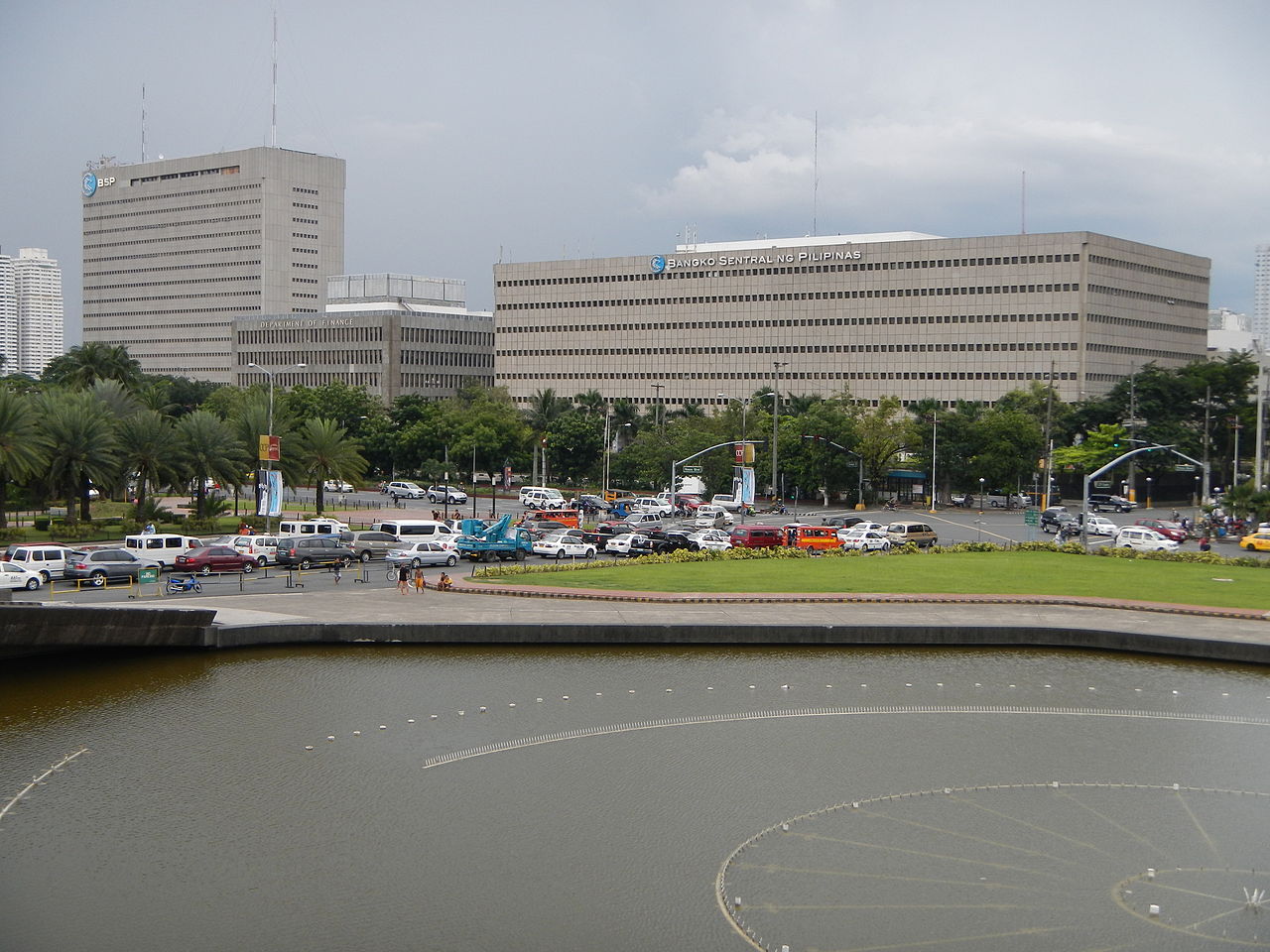
In a Viber message to journalists Friday, BSP Governor Benjamin Diokno said the original target of three percent growth has been slashed to 2.2 – 2.8 percent or an average of 2.5 percent last March.
He said the earlier cut was made after monetary executives earlier projected about two to eight percent contraction of remittances from the original target.
“To be on the conservative side, BSP adopted an amended forecast of two percent, which is less than 2.5 percent. That’s BSP’s latest forecast,” he said.
A large number of OFWs have been repatriated after losing their jobs overseas because of the impact of the coronavirus disease 2019 (Covid-19).
Diokno noted that “the government has now allowed OFWs to leave the country, except health workers who are most needed at home.”
This is seen to be a good sign vis-à-vis the remittance inflows, which already posted slower growth last February.
Data released by the central bank Friday showed a 2.5 percent annual expansion of cash remittances last February to USD2.358 billion, slower than the 6.6 percent growth in the previous month.
Diokno said average remittances to date rose by 5.6 percent year-on-year.
“Of course, BSP will continue to closely monitor the level of remittances sent by Filipino overseas workers in addition to other inflows of foreign currencies. And we will continue to release monthly data on such foreign trade and incomes numbers,” he said.
In 2018, total cash remittances to the Philippines grew by 4.1 percent, higher than three percent target, to USD30.133 billion.
Remittances are among the major growth driver of the economy and account for about nine percent of annual domestic output.